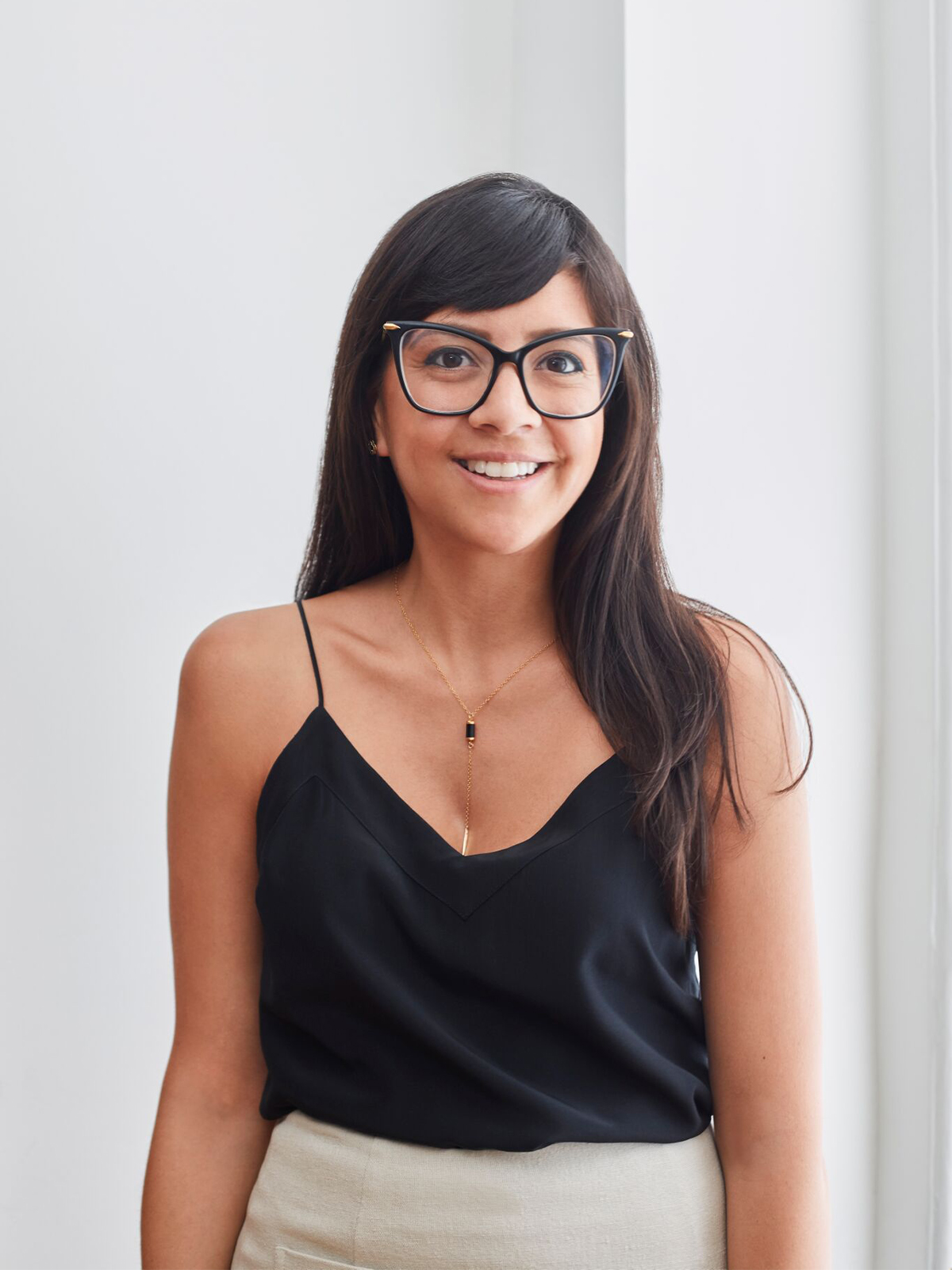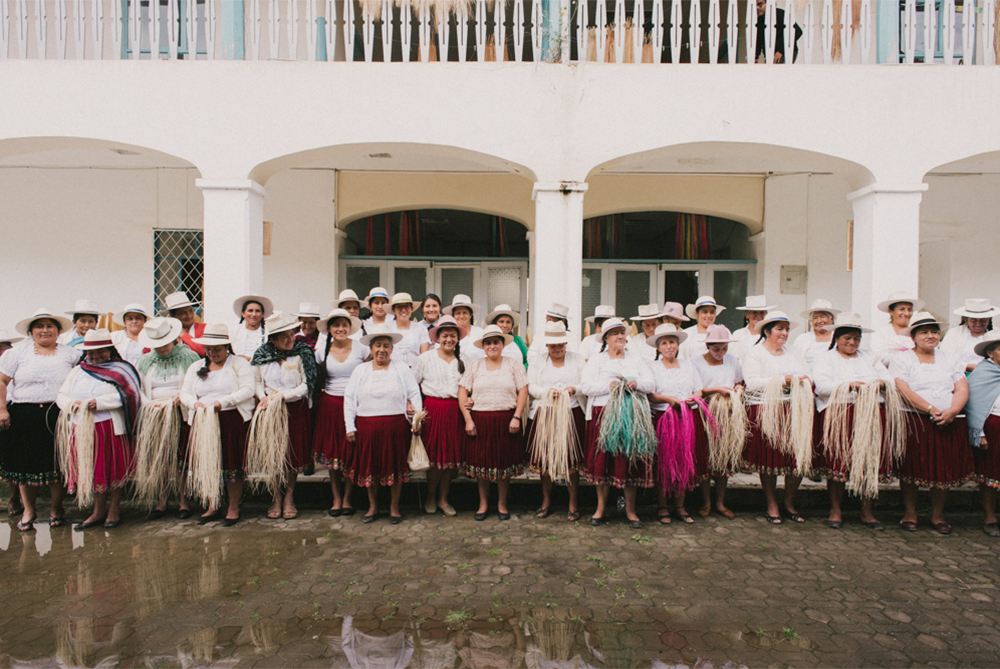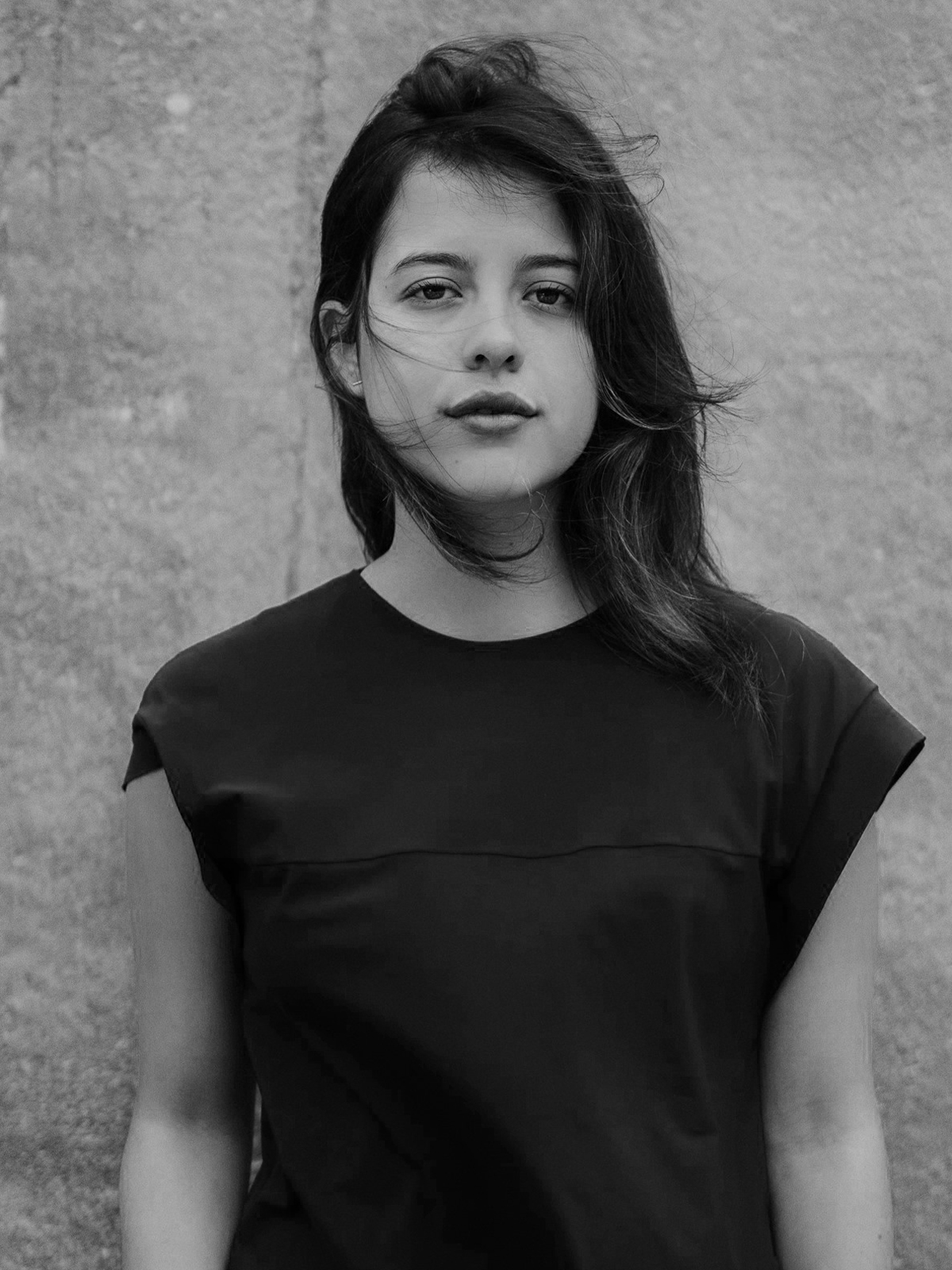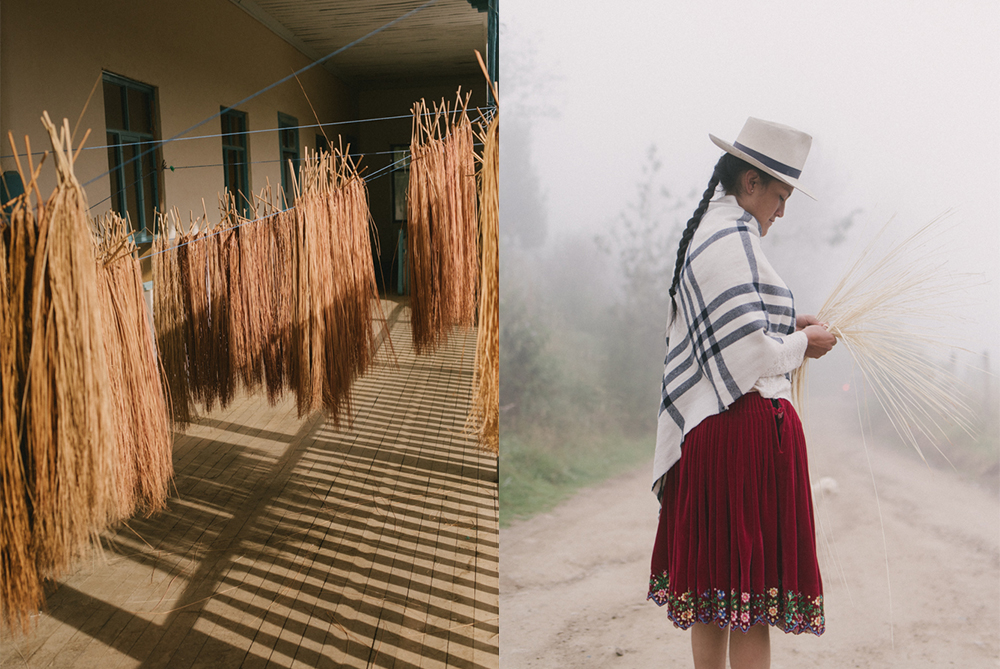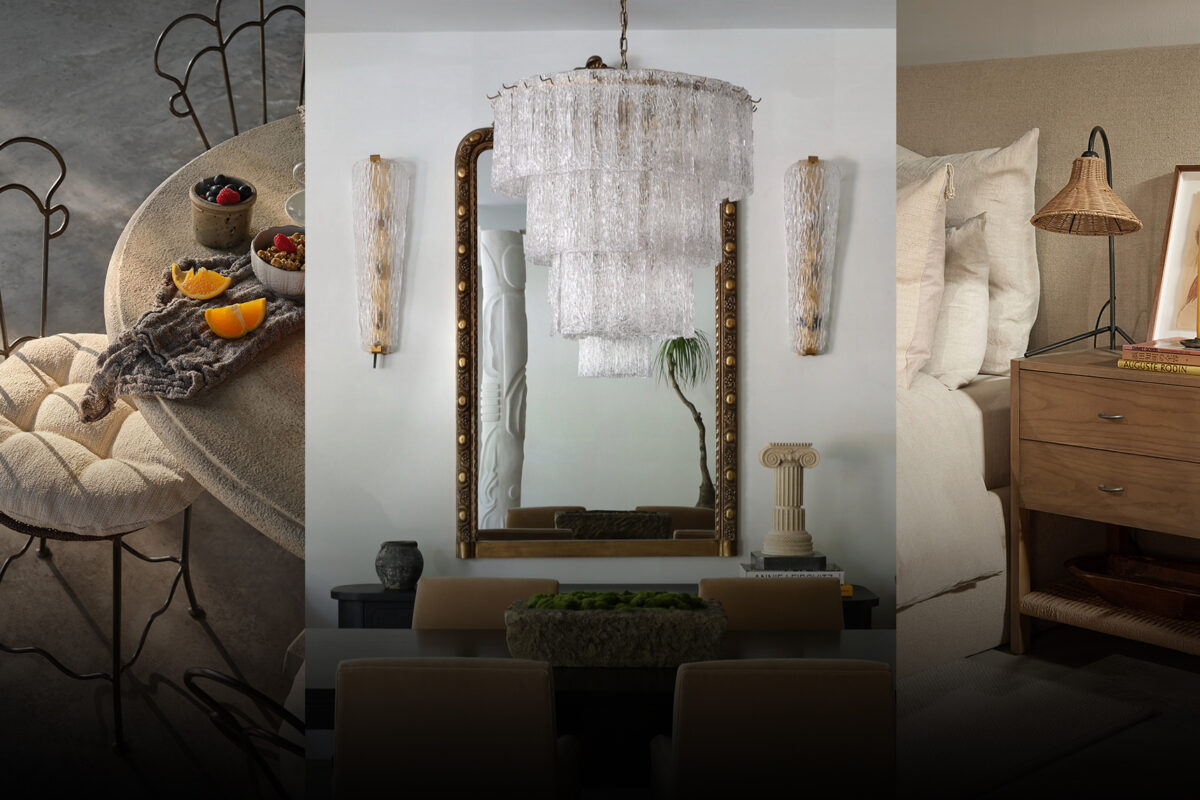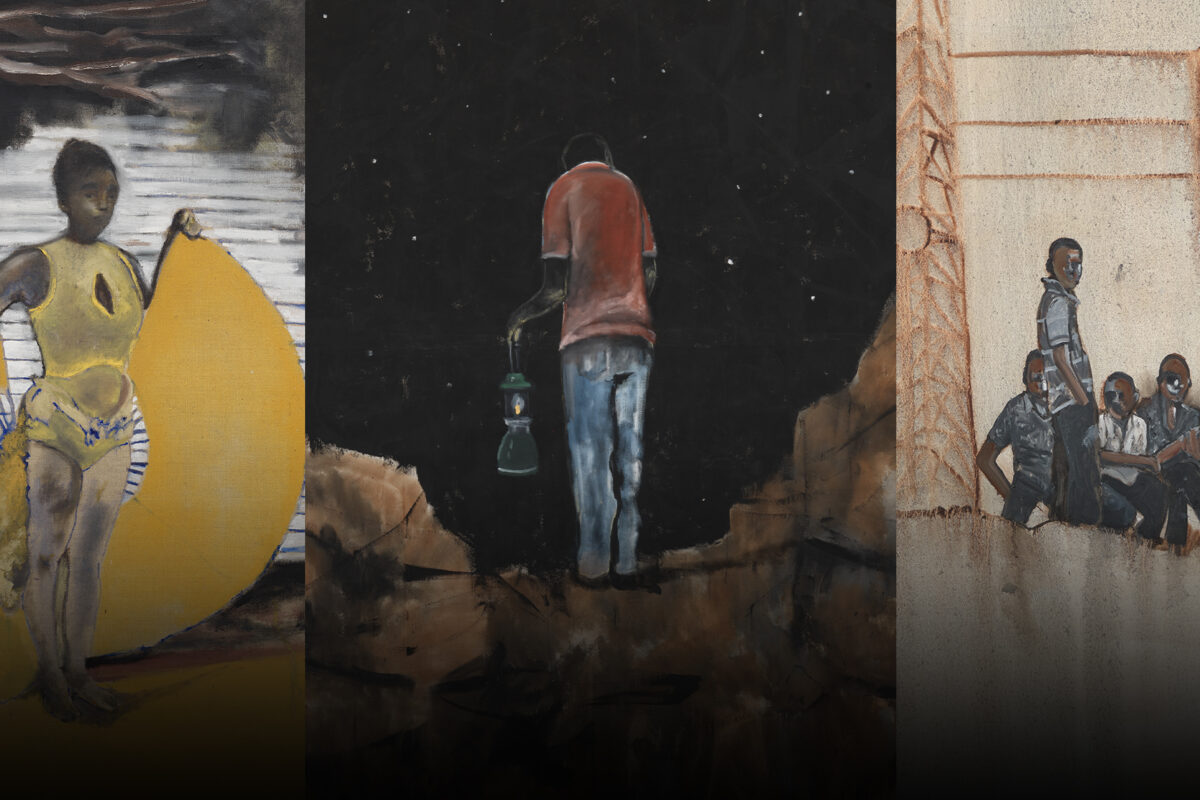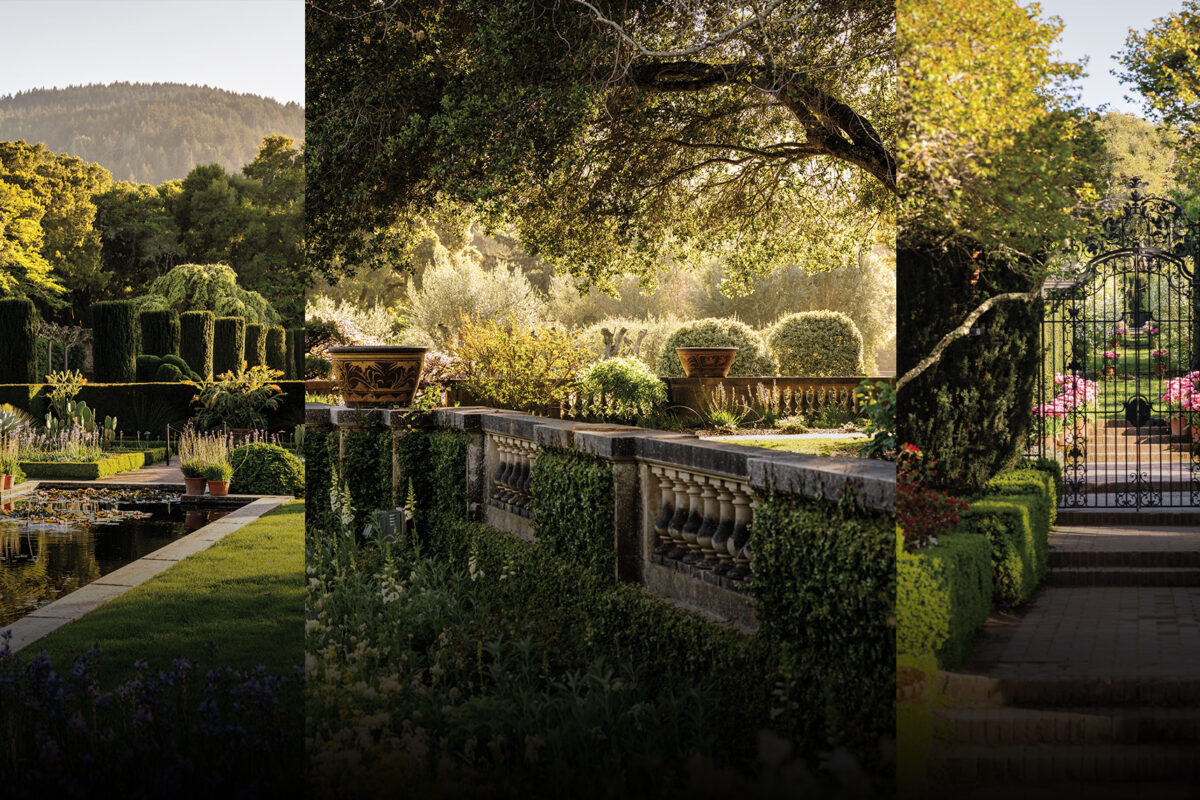The lifestyle brand partners with artist Angeles Ortiz on a very special installation for its first appearance at San Francisco Design Week
Words by MARIE LOOK
San Francisco-based lifestyle brand and design house Cuyana is named for the word that means “to love” in Quechua, one of the recognized languages of Ecuador, where co-founder Karla Gallardo grew up. “My heritage has been a huge influence on our entire business,” she explains. Now, in time for San Francisco Design Week, that love is extending from Gallardo and co-founder Shilpa Shah to a one-of-a-kind installation, created in thoughtful partnership with Ecuadorian artist Ángeles Ortiz.
“My childhood is where I learned the philosophy ‘fewer, better things’”
Karla Gallardo
Called 164 Women, the unique work is made of toquilla straw (the same material used in the label’s very first offering, the now signature Panama hat) and was handwoven by the 164 women of the María Auxiliadora Association from the Sigsig Canton in Ecuador. Ortiz, who is also a product designer, writer, and an art and design curator, has to her name a residency in Fabrica’s design department — known globally as Benetton’s communication research center — and has exhibited works at Milan Design Week and Design Miami/Basel.
Woven in three grades of density and dyed in a nude color gradient, 164 Women is representative of the brand’s marriage between heritage crafting techniques and modern production methods that, since 2011, has resulted in tastefully minimal, contemporary clothing and accessories that are as timeless as they are finely crafted. Casually cool tops with subtle flourishes, classic totes and circular belt bags are all designed to eschew trends — the better to remain in permanent rotation with the changing seasons. “My childhood … is where I learned the philosophy ‘fewer, better things,’ which is Cuyana’s foundation,” Gallardo explains.
On display at Cuyana’s Geary Street store through the end of June, 164 Women celebrates not only Ecuadorian female craftsmanship but also the brand’s longtime affinity for essential things that are made, curated and cared for with enduring purpose.
Here, Gallardo and Ortiz elaborate on how the collaboration was conceived, what their home country means to them, and what Californians can appreciate about Ecuadorian craftsmanship.
What made Cuyana want to participate in SF Design Week this year?
Gallardo: Cuyana has always been rooted in supporting global craftsmanship and artisans, and we are headquartered here in San Francisco. We’re thrilled to have the opportunity to participate in SF Design Week to shine a light on our heritage and designs in conjunction with Ángeles Ortiz’s beautiful installation. This is always such an exciting time to highlight the unique design and talent in our hometown and what makes San Francisco so special. Ángeles is an amazing artist and we are so happy to be supporting a female artist from my home country.
“When you see artisans as your design allies and colleagues, every message we aim to communicate becomes more powerful”
Ángeles Ortiz
What made this an attractive creative concept?
Ortiz: I have collaborated with artisans since I worked in Italy as a resident at Fabrica. Since then, I founded my design studio in Quito [Ecuador], where there is an immense opportunity to work with many talented artisans. I’ve found that when you see artisans as your design allies and colleagues, every message we aim to communicate becomes more powerful. The project with Cuyana began to take shape from a conversation I had with Karla … whom I met during a conference she was giving in Quito. Cuyana’s product strength relies on collaborating with master artisans worldwide — a bond strongly tied to this installation and the work we create in our studio. It was meant to happen.
Is 164 Women like any other project of yours? Were there any unique challenges?
Ortiz: Unlike any of my other work, 164 Women is the largest and longest installation piece I have created. Similar to my other work, the design is representative of craftsmanship and heritage, but this is by far the largest-scale project for me. The unique challenge we faced was in getting the artwork from Ecuador to San Francisco — we had to make an over 6-meter installation fit into small boxes that could be shipped across countries. Architectural designer Pedro Coello, who works in our studio, was instrumental in getting this delicate piece to Cuyana’s San Francisco store.
What is so appealing to you about blending modern design with traditional techniques?
Ortiz: The marriage of the two brings soul into the design. It can take an artisan between eight hours to six months to weave a toquilla straw piece or hat. In blending the design and cultural heritage, we are able to communicate the artisan’s stories and share her perspective. Each element of the of the design reflects the lives of the women who helped craft it. The installation is structured to represent the braids worn by each woman in the region in a poetic and abstract form.
“In Ecuador, there is a strong emphasis on artisans who create beautiful, lasting investment pieces, which is what Cuyana is now rooted in”
Karla Gallardo
In terms of design, what do you personally associate with Ecuador?
Gallardo: In my family, we had to think of purchases as investments — we could only buy things that were long-lasting, so we had fewer things but they were well made and built to last. In Ecuador, there is a strong emphasis on craftsmanship and artisans who create these beautiful, lasting investment pieces, which is what Cuyana is now rooted in. All of our pieces are made with integrity and kindness from the highest-quality materials by skilled craftspeople across the world, so that all of our products are fewer, better.
Ortiz: Although there is not a large culture of modern design in Ecuador, our craftsmanship highlights art and design within our culture and heritage. Our culture serves as inspiration for art, and Ecuadorian artisans create works of art each day through their craft.
What does it mean to you to present to SF Design Week an installation brought to life by so many Ecuadorian female creatives?
Ortiz: Collaborating with the María Auxiliadora Association, the biggest female artisan association in Ecuador, has been a real honor for me. Together, we are making a statement about craftsmanship and artisans in a technology-centric city. Every component in the installation has been handcrafted by specialized artisans. All 164 women are represented in this piece, an inspiring group of female weavers in toquilla straw that have found their way despite many societal and social restrictions that inhibit women’s progress. In places like SigSig, women have found their power from the unity of their community and craft.
What effect do you hope 164 Women has on those who experience it?
Gallardo: We hope it ignites a passion for the stunning craftsmanship found in Ecuador, the beauty of the toquilla straw and an appreciation for the María Auxiliadora Association from the Sigsig Canton, who helped weave each element of the installation. Our hope is that it will inspire people to explore the fewer, better things philosophy.
Feature image: Women of the María Auxiliadora Association practice the traditional craft of handweaving toquilla straw. Photo by Vicente Manssur.
June 21, 2019

